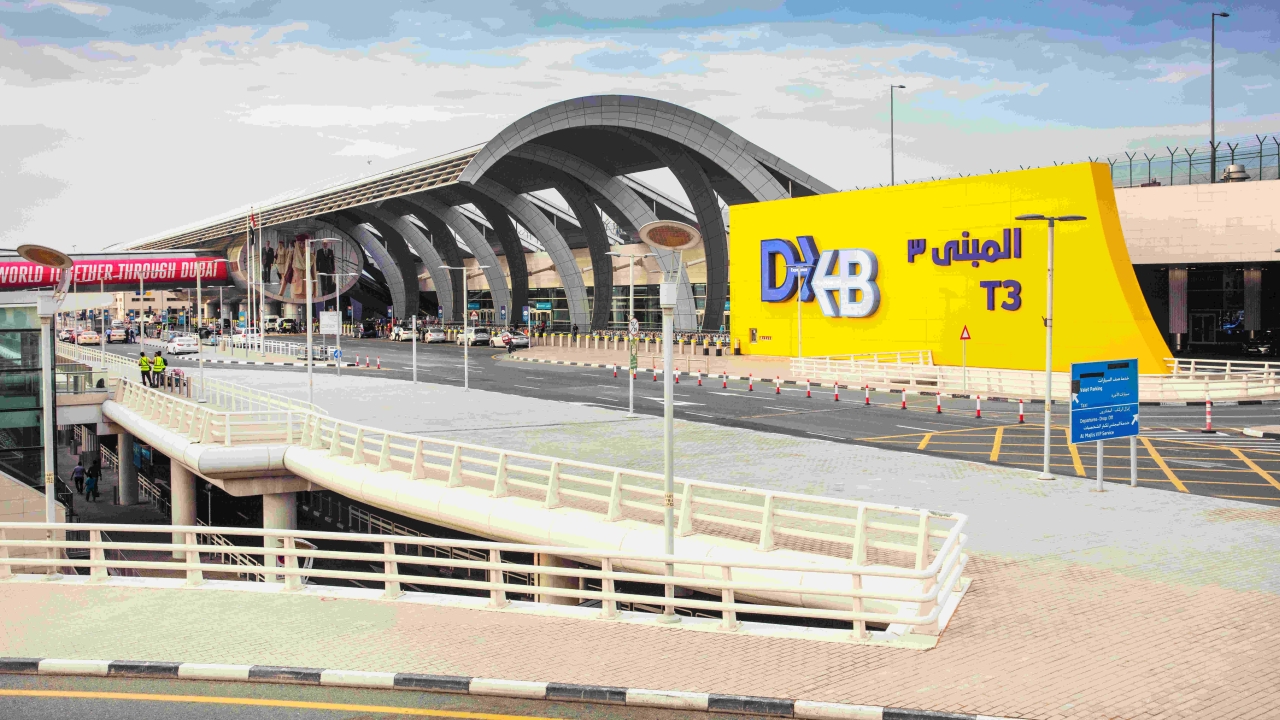Hamad's smart way to become the airport of the future
Doha’s Hamad International Airport is pressing ahead with initiatives to improve its services – including a project that transforms a passenger’s face into their identity card through the facility. Alan Dron reports.

There is a constant struggle at airports to keep passengers flowing smoothly through the terminal. The need to handle travellers efficiently becomes increasingly important as passenger numbers steadily increase.
Airports are turning to automation to maintain, or improve, that flow of people. Middle East nations generally have young populations and, fortunately, younger travellers tend to cope naturally with such automation.
Hamad International Airport (HIA) only opened in 2014, but new systems are already being installed to enable an increased throughput of passengers – especially those departing on flights.
The initiative is known as the HIA smart airport programme. “HIA is one of the most advanced airports in the world,” said a spokesman “and is accelerating its digital transformation, moved by the ambition to become the ‘airport of the future’ with a very user-centric approach.”
A first phase in 2018 included the commissioning, in partnership with global IT provider SITA and airport interiors specialist CCM, of 62 self-check-in and 12 self-bag-drop kiosks that included biometric technology capability. The kiosks are spread across the departures check-in hall and enable passengers to check-in, print boarding passes and bag tags; tag their bags; then drop them at the bag drop before proceeding to border control.
The completion of the first phase in October 2018 saw 40% of home carrier, Qatar Airways’, passengers opting for self-check-in, while a further 20% used the self-bag-drop.
A memorandum of understanding (MoU) with SITA had, as its main focus, the installation of seamless identity management across all the airport’s key passenger service points using biometrics. A key benefit of SITA’s ‘smart path’ technology is that it is designed to integrate into existing common-use airport infrastructure and airline systems.
In what HIA believes is a world first in a major airport, a mobile automated visa document check was also implemented. This allows ground services agents to check a passenger’s visa documentation before they continue through the airport.
HIA’s management supports investment in technology that delivers business outcomes, said the spokesman: “All HIA systems are common-use, and all airlines operating out of HIA can benefit, contingent on necessary configuration and integration. Although the self-service kiosks and bag drop facilities are currently exclusive to Qatar Airways passengers, the plan is to extend these services to foreign airline passengers in the future.”
Early this year, the second phase of the smart airport project started to roll out. A cornerstone of this is a biometric facial recognition system, by which a passenger’s face is scanned, with that digital scan acting as their ‘identity card’ as they move through various stages of the airport process.
The system, currently under trial, combines passengers’ flight, passport, and facial biometric information in a single electronic record at the self-check-in kiosk or on a mobile app. Subsequently, only the passenger’s face is required for verification at the self-service bag-drop, automated security gate, and the automated boarding gate, thus speeding up transit through the terminal.
This ‘biometric identity management’ aims to improve the customer experience, terminal capacity and security, say the airport authorities.
“HIA is actively working on adopting biometric identity technologies within the airport to facilitate passengers and verify their entitlement at non-mandatory touch-points, such as lounges. Additional benefits will include airports and respective government authorities starting to share identity management information across borders to achieve seamless journeys for passengers across their origin, transit and destination airports.
“Knowledge of exactly where passengers are at the airport will help Qatar Airways further improve its on-time departure performance at the hub.”
In collaboration with HIA, Qatar Airways is developing the concept for off-airport passenger registration with biometrics using a mobile check-in app, so that passengers can pass through airport touchpoints faster and eliminate bottlenecks and queues.
Trials will also be held to evaluate the effectiveness of robots for passenger facilitation; block-chain technology for rapid and secure sharing of data across stakeholders; and the potential use of augmented and virtual reality for operational concepts.
Stay up to date
Subscribe to the free Times Aerospace newsletter and receive the latest content every week. We'll never share your email address.

